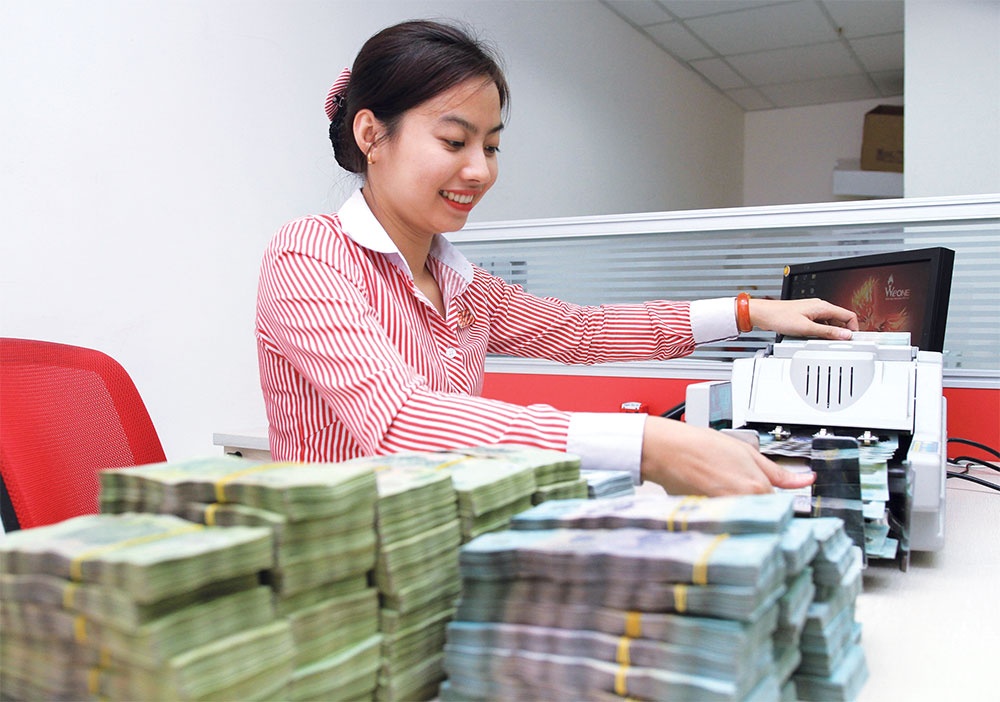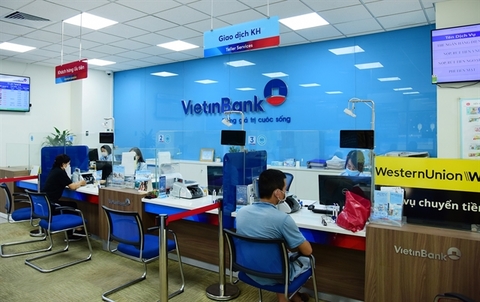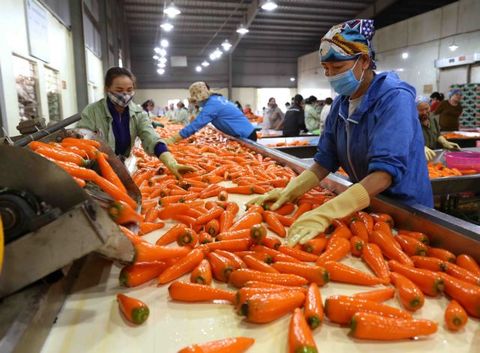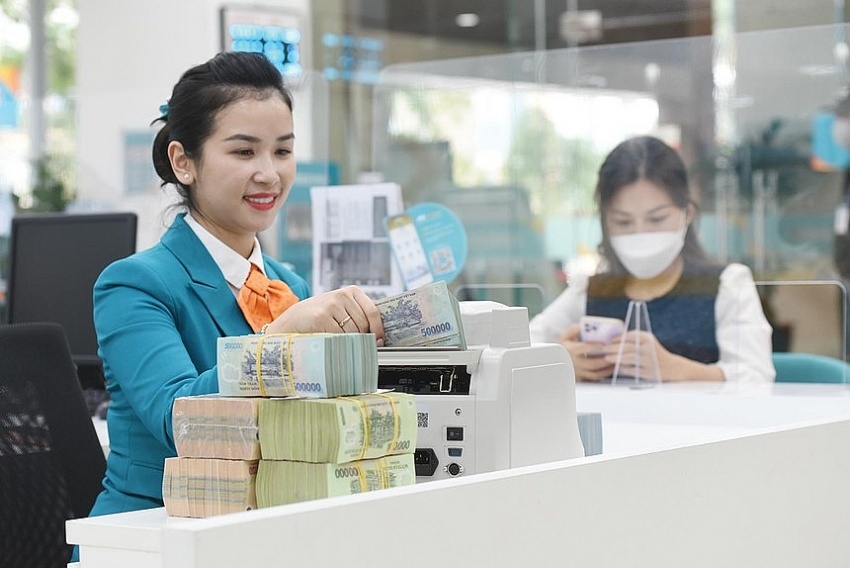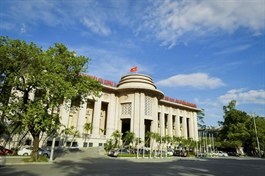Claims Vietnam set for a Thai-style financial crisis prove unfounded
Claims Vietnam set for a Thai-style financial crisis prove unfounded
Over the last several days, much discussion has circulated that 'Country N,' a thinly-veiled reference to Vietnam, is on the verge of heading into a financial catastrophe comparable to Thailand's in 1997. But this is not likely to happen for a number of clear-cut reasons.

Chartchai Parasuk, a freelance economist, made the bold claims in an article in Bangkok Post. “I am talking about an imaginary country that is a member of ASEAN. This country may or may not exist. To avoid unnecessary negative repercussions, this country shall remain nameless and be referred to as 'Country N' with its currency D," he wrote.
"This country is the star of ASEAN with a five-year average GDP growth rate of 7 per cent before the pandemic outbreak. Even during the outbreak, the country maintained growth close to 3 per cent. The World Bank projected that its 2022 GDP growth would be 7.2 per cent, the highest among ASEAN. Shockingly, this star country is now facing the risk of running into a crisis similar to Thailand's,” he wrote.
The assertion was supported by three reasons: the stock market has taken a nosedive since April; a liquidity crunch in the third quarter; and depleting foreign reserves from a balance of payments deficits.
The details suggest 'Country N' is Vietnam. However, there are many contrasts between the present situation in Vietnam and the Thai financial crisis in 1997. It's like comparing Thai tom yum with Vietnamese pho.
Indeed, the financial crisis in Thailand was known as the "Tom yum kung catastrophe." The 1997 Thai financial crisis is frequently referred to as a catastrophe because it stemmed from a confluence of circumstances that not only caused financial and economic upheaval but also intensified its effects.
One of the most decisive factors leading to the Thai crisis was that Thailand adopted a fixed exchange rate regime before the crisis. Moreover, large current account deficits also exerted downward pressure on the domestic currency and encouraged speculative attacks. Meanwhile, domestic businesses were hooked on borrowing excessive amounts of USD-denominated debts.
Last but not least, the monitoring mechanism for the financial sector was insufficient. Non-performing loans at Thai banks, for instance, reached up to 50 per cent; large budget deficits, paired with mounting public debts all together amplified the crisis, creating a devastating snowball effect.
At least 10,400 individuals took their own lives as the crisis swept over Asia, in what was a terrifying suicide epidemic. Currently, Vietnam has no similar circumstances and factors as in the 1997 crisis, which is clear from official data and statistics.
A quarter of a century later, the Thai 1997 financial crisis is still the worst in a lengthy succession of financial crises that afflicted emerging nations in the 1980s and 1990s.
Recently, the US Federal Reserve (Fed) ruthlessly raised interest rates to combat increasing inflation. The USD value has soared significantly, other global central banks have also tightened their monetary policies, and the global economy is set to enter a severe economic downturn.
Most people intrinsically assume that developing and emerging economies would be the hardest-hit victims of the crisis. Nevertheless, no study or renowned international groups have yet indicated that emerging countries will experience a financial catastrophe on par with that in 1997, despite Parasuk's article.
On the flip side, wealthy and developed economies are experiencing financial turmoil as their domestic currencies continue to plummet to all-time lows. There has not been a significant outflow of capital from emerging economies since the Fed hiked interest rates at the beginning of the year, though some debt crises may develop due to a small number of countries borrowing excessive amounts of foreign currency. Of all its Southeast Asian peers, Vietnam boasts the most remarkable international capital inflows.
The flexibility of Vietnam and developing economies is a logical consequence of the lessons learned from past financial crises.
Five characteristics have been identified as being particularly important in a country's ability to withstand severe shocks: robust financial market development; prudently run financial institutions that adhere to global norms; a conservative fiscal strategy characterised by low public debt, particularly foreign debt, that is closely regulated; absence of a significant current account deficit; the central bank having greater autonomy, adopting a flexible exchange rate to control inflation.
Many international organisations have concluded that Vietnam is among the world's leading rising economies if the aforementioned criteria are considered.
Even more erroneous is the conclusion that something negative is imminent based only on the State Bank of Vietnam's (SBV) involvement in depleting foreign currency reserves. In 1982, the G7 developed countries concluded that monetary intervention had little long-term effects. Evidence from the past indicates that central bank intervention in the foreign currency market is futile if a broad and protracted scarcity of USD demand exists.
A recent June 2022 study the Hoover Institute and the International Monetary Fund said that if a currency is depreciating by more than 10 per cent, selling foreign exchange reserves equal to around 0.1 per cent of GDP could interfere in the market and strengthen the currency by 4 per cent. Better results might be expected from an intervention that is carried out methodically over the course of many quarters.
While it is true that such comparisons are meaningless, the SBV’s most recent intervention of about $20 billion, around 5 per cent of GDP, has had an undeniably positive influence on the value of the Vietnamese dong.
The purpose of foreign currency interventions is not only to increase or decrease the value of domestic currencies but also to rectify aberrations and restore the exchange rate to a new equilibrium in times of market turmoil.
To put it another way, if you look at a country's foreign currency reserves and sense a catastrophe is looming, it is like seeing a firefighter and assuming a fire is nearby. Such naivete only goes to show that spreading assumptions about crisis indicators in Vietnam is not based in fact or scientific analysis.




